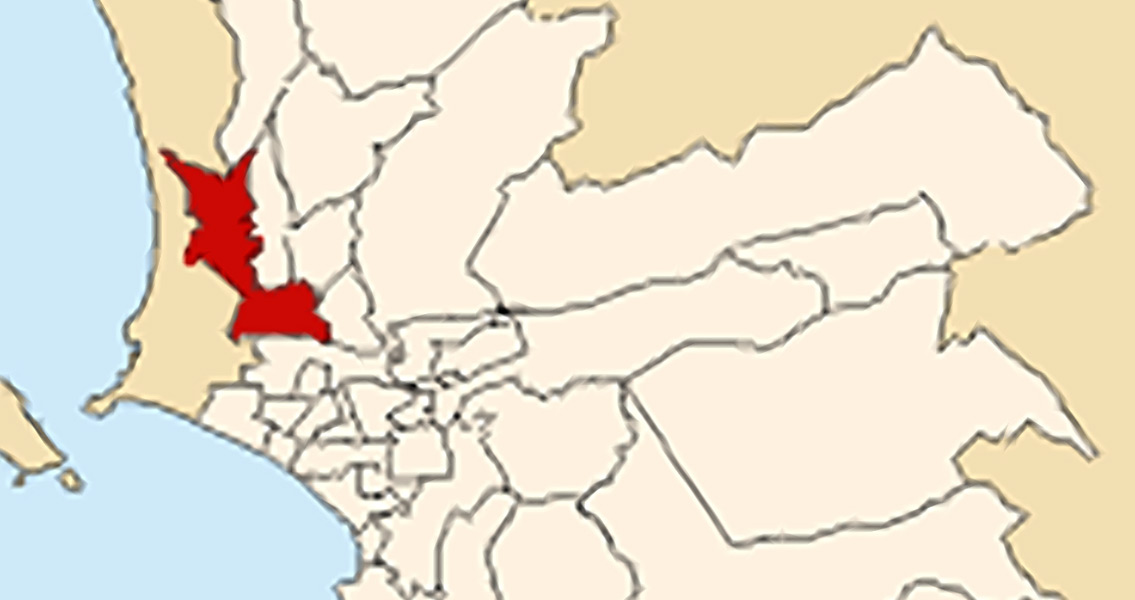<![CDATA[The most ancient archaeological site in Peru’s capital city has finally begun to reveal its secrets, according to a presentation from the country’s Culture Ministry. A group of archaeological researchers and scientists from the state agency has unveiled the first of a collection of artifacts discovered from the El Paraiso dig site, located within Lima. In an interview with EFE, Joaquin Narvaez, the project director for the dig, said the objects are understood to be around 4,000 years old. During just the first four months of the excavation efforts in El Paraiso, several objects were uncovered, Narvaez said. These included food remains, tools, gems, a ceramic fragment, and the remains of a woman that had been interred within a tomb. The archaeologist added that the investigation has been particularly revelatory concerning certain questions that needed to be answered about the site. Located in the San Martin de Porres District of Lima, the El Paraiso site is a 101-acre area comprising 12 distinct buildings, many of which are pyramid-like in structure. Several of these buildings have been used throughout nearly half a dozen historical periods. The ceramic fragment is one of the most important finds from El Paraiso, Narvaez remarked. The object itself is the head of a human figure. The fact that the ceramic fragment was found alongside objects from the Late Preceramic Period, the final phase of prehistory in Peru, means it represents evidence of some of the initial attempts in El Paraiso to harden clay by firing it within an oven or kiln. The other highly noteworthy discovery, the entombed woman, was found during an excavation of Building 4 of the 12-building complex. After careful analysis of the remains, the woman was found to be in her early to mid-30s and a diminutive 4 feet 11 inches tall. After a thorough examination of the grave goods interred with the woman, researchers made the suggestion that she had a diet that consisted largely of seafood and that she made textiles in life. Excavations at the El Paraiso dig site will continue in the hope of uncovering additional artifacts from the Preceramic Period, which stretched from earlier than 9500 BCE to 1500 BCE. The dig itself is a joint project between the Andres del Castillo Museum and the Culture Ministry, carrying a price tag of the equivalent of $1.17 million USD. This is not the first time Lima has been in the news due to archaeological pursuits. Just one year ago, a group of Greenpeace activists trespassed on the Nazca lines heritage site to add a pro-renewable energy message viewable from the air during the 2015 Peru climate talks – a stunt that enraged the archaeological community and was characterized as vandalism.]]>
First Finds from Oldest Dig Site in Lima Unveiled
